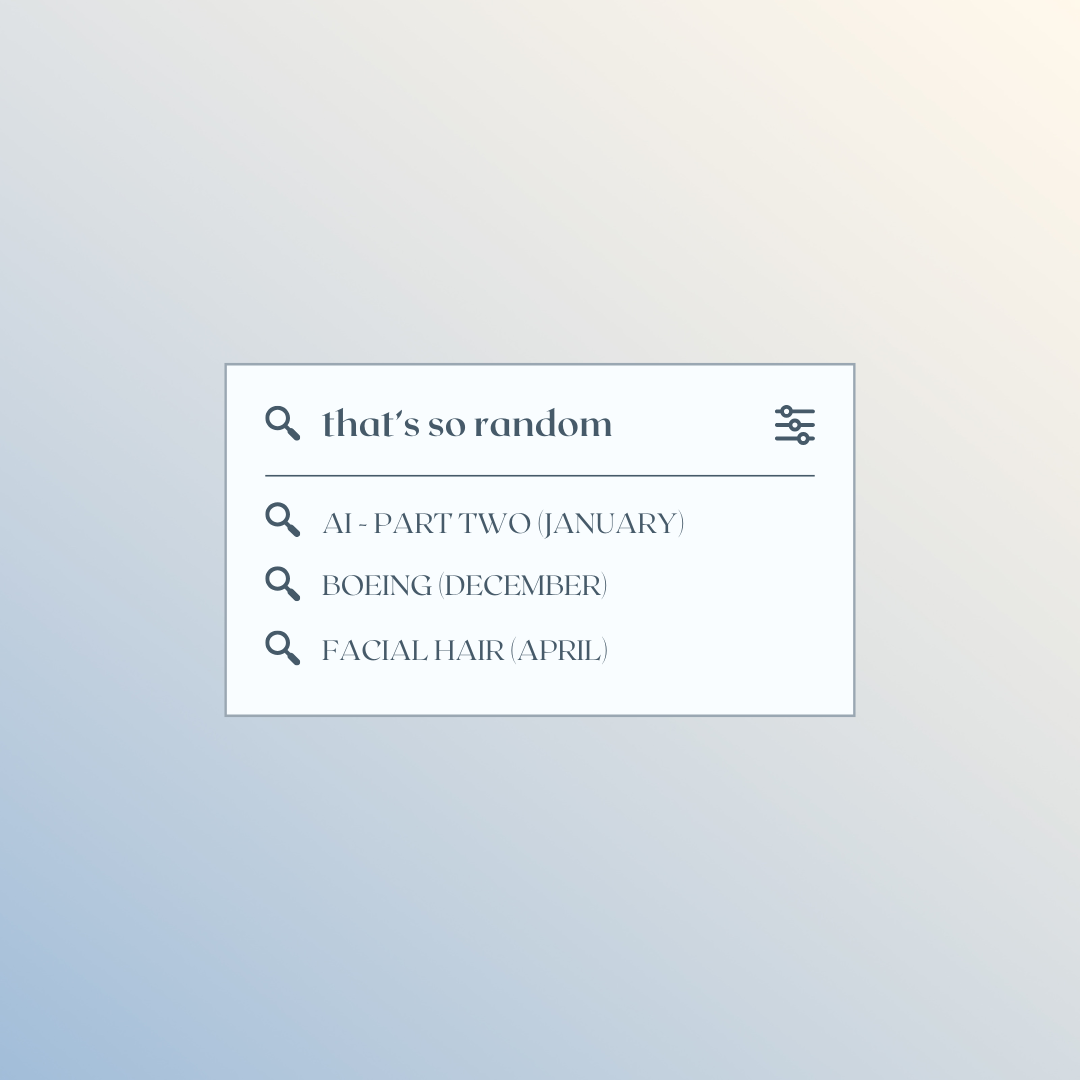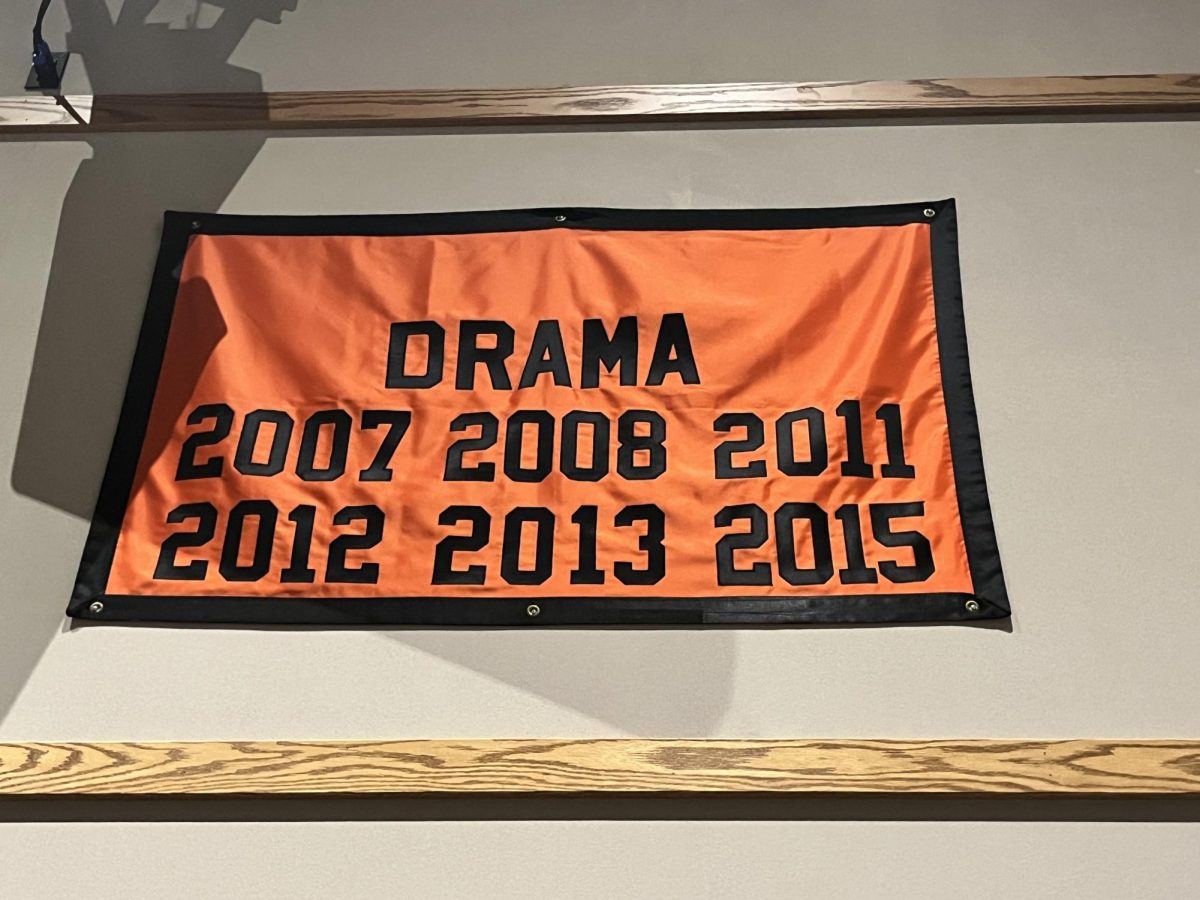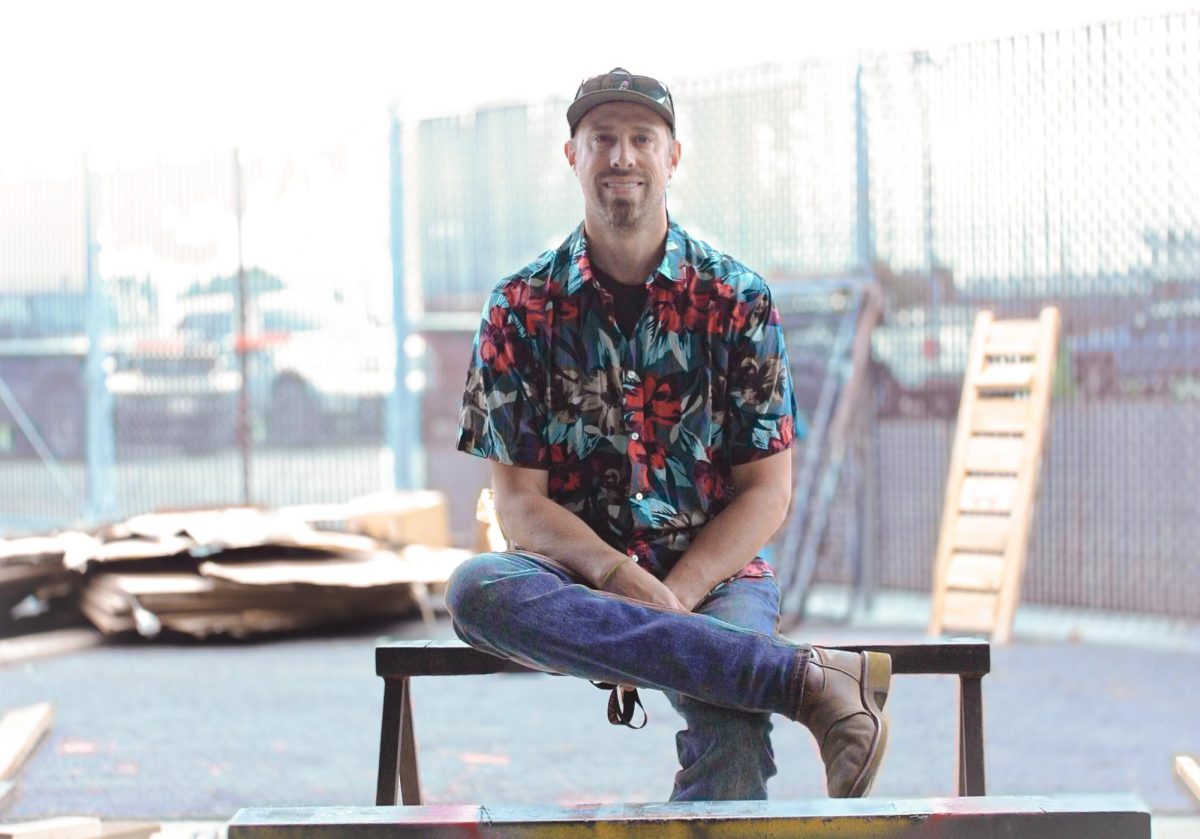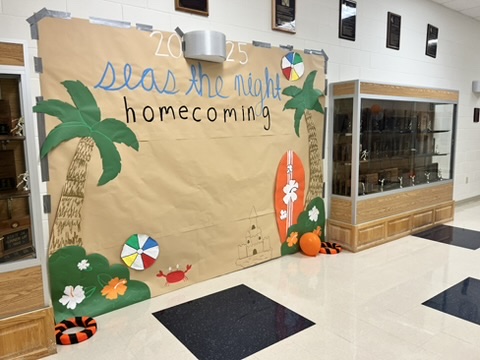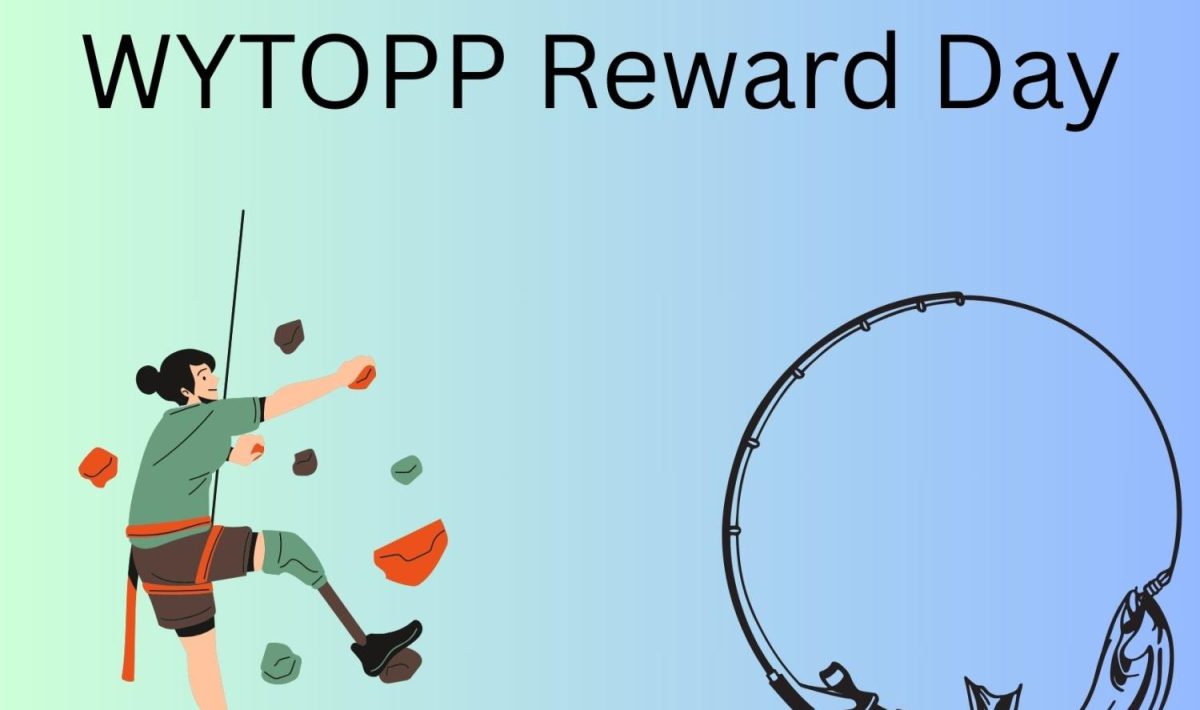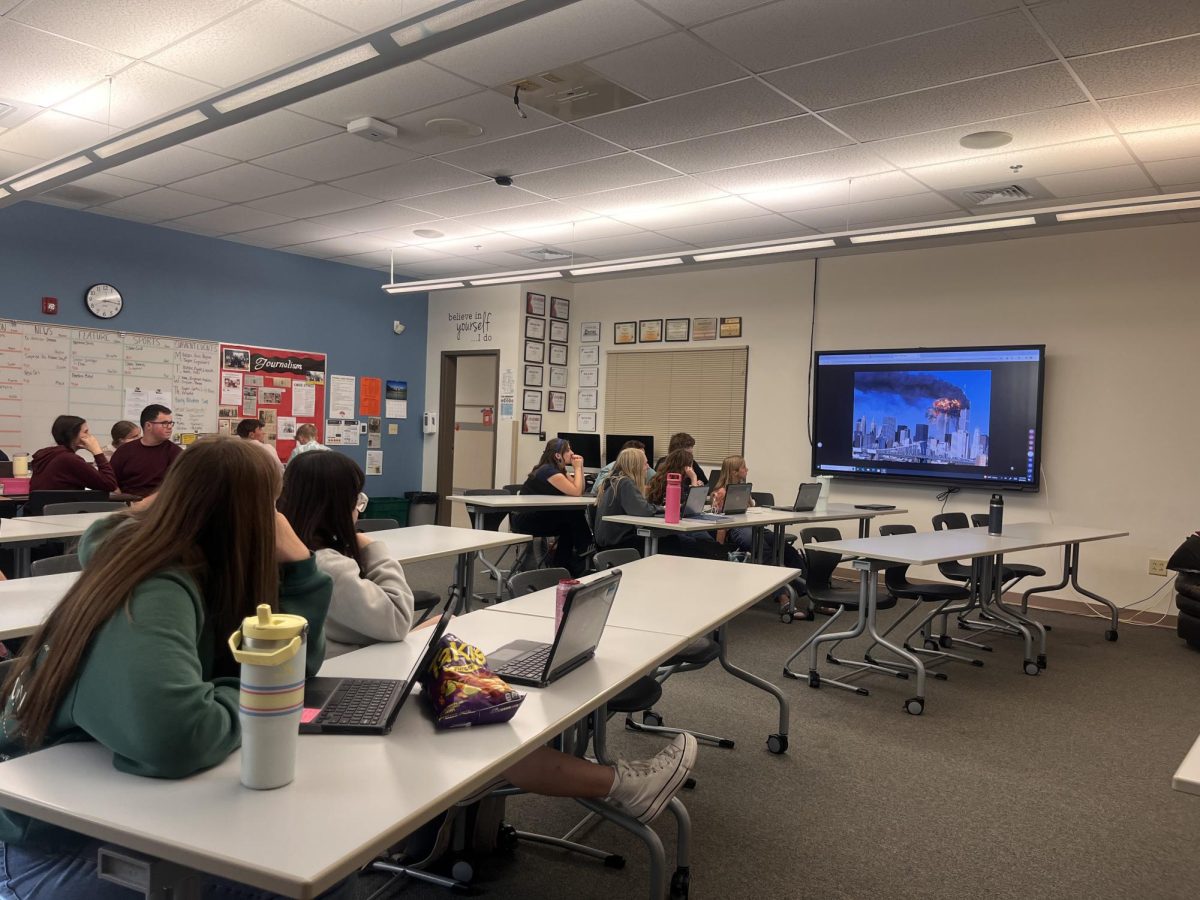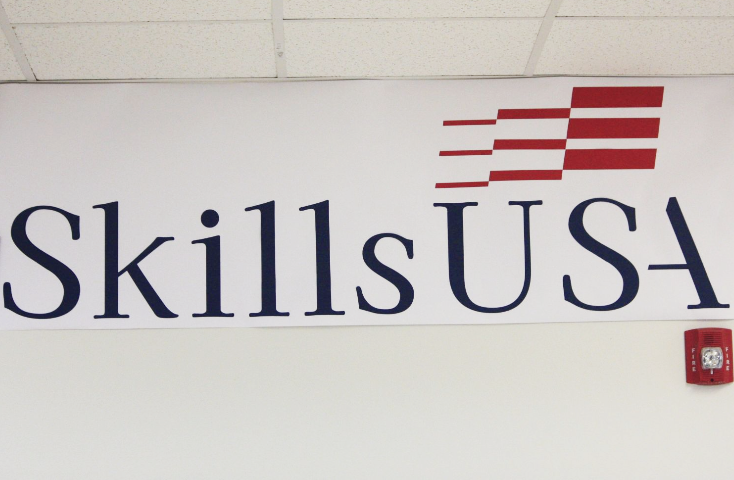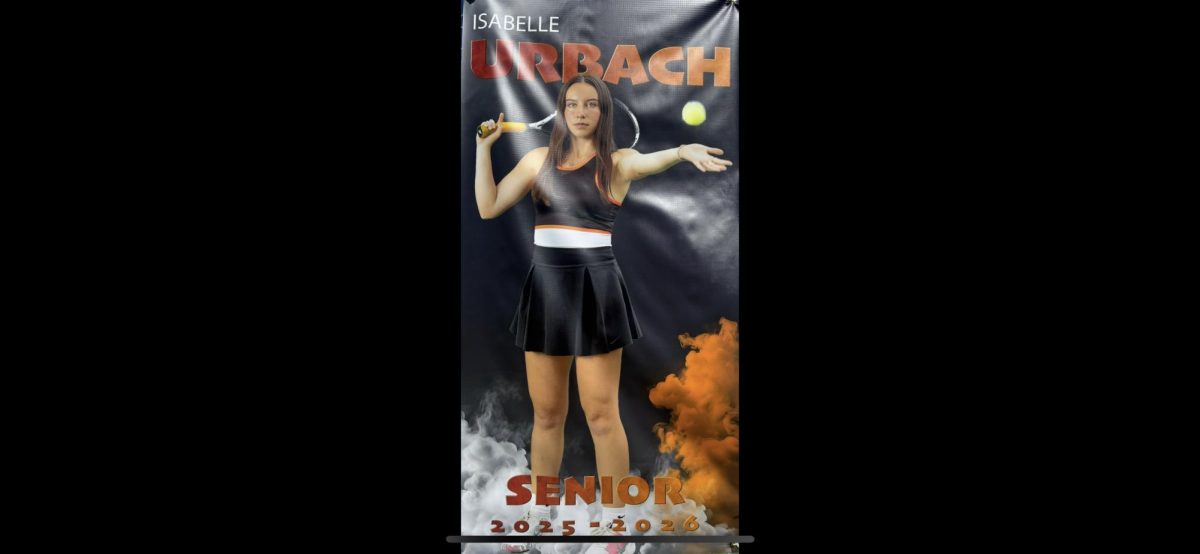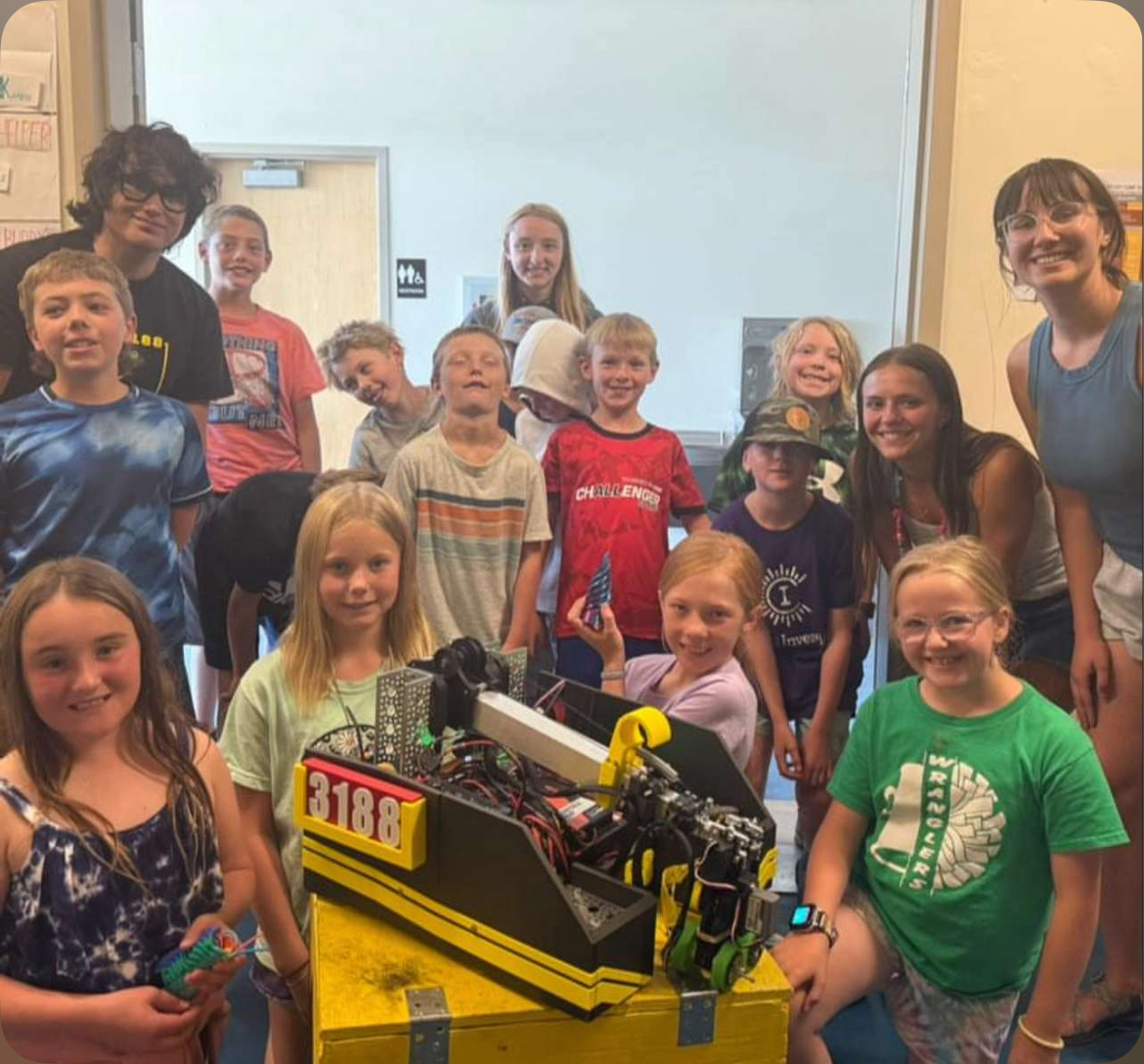AI, or artificial intelligence, is expanding. There is no doubt about that. From 1984’s “Terminator” to the deep faking capabilities seen today, artificial intelligence’s concept, existence, and practice is a constantly evolving mechanism.
With this being said, AI isn’t going anywhere, with more and more companies embracing AI and implementing it into the workforce and outside of it.
“I feel like AI should be used less for artistic tasks,” sophomore Rebel Kemper said. “It should be used for laborious and tedious tasks that people don’t need to do.”
In a 2024 skills report from Pluralsight, a tech skill company, 55% of organizations were listed as wanting to develop AI in the future. On top of this, another 20% of organizations have already developed AI to help expand company growth.
This leaves only 25% of all organizations researched not wanting to use AI to expand their reach in the near future.
“I think that AI will help that majority of companies,” Kemper said. “Like I said before, AI can be used to do laborious and tedious tasks that people don’t need to do.”
When it comes to the use of AI from a teaching perspective, AI has proven to be somewhat of a benefit and a curse, especially for English and writing teachers. One challenge, in particular, is students using it to get better grades on essays or tests through the use of ChatGPT and other AI systems.
Among those challenged is PHS English teacher Mrs. Varian, who has devised her own way to ensure that her students aren’t using AI to enhance their grades, and also has opinions on how AI can be used helpfully for her class.
“I can usually tell when a student is using AI-generated responses because their writing voice disappears from their writing,” Mrs. Varian said. “Once I suspect that a student has used AI to complete their work for them, I use a minimum of three different check programs to confirm my suspicions. [But] in some ways, I encourage students to use AI to help them with their homework by asking to see examples or generate templates and styles so they understand the task they need to complete.”
It is also clear that Mrs. Varian doesn’t think artificial Intelligence will be going away anytime soon.
“AI is here to stay,” Varian said, “But I hope we can use it as a tool to make us better, and not something that erases our voices.”
AI has seen to be an easy way to help students of all ages cheat, but it’s not all AI is used for. While yes, cheating is a major pitfall for AI, especially in school systems, the software is much more than just its ability to be used to write essays.
“On the newest Gemini [update], I believe you can take a picture and tell it what to do,” senior Jacob Harms said. “Like, an example of this is you take a picture of your pantry or your fridge and be like, ‘Hey, what can I make with these ingredients?’ And it will give you lists and recipes and other stuff.”
Prompts that appear when typing questions into search engines like Google, Bing, and so much more use AI to see what other searches, similar to your own, are thereby increasing the helpfulness of the results that appear.
A similar situation occurs when people use sites like Grammarly when writing in a Google or Word document. Spell corrections are created the same way all other AI platforms function in that the software scans the internet to see things, like sentences, similar to your own and gives a prompt that better matches what the system has identified as “proper grammar”.
“I used to love Grammarly, but then they incorporated AI and it started to start changing things that I didn’t want to change,” junior Brighton “Bubbles” Streeter said. “I would write things out in a way that I liked, and then I would look at it and I would get the blue underline, and I look at the recommendations it’s giving me, and they don’t sound the way that I want them.”
The use of that said tool can be used to get a plethora of jobs done, but twisting it and using it in other ways can become a detriment. It becomes important to that extent to define where and when AI should be used and what the aftershocks of its existence could be.
An article written by Harvard University describes the many benefits of artificial intelligence and its use by younger generations. Like stated before, AI can help lead to answers to unanswered questions, whether in the form of a Google search or through the direct use of an intelligence platform like ChatGPT.
“The most commonly reported use for AI was getting information (53%) and brainstorming (51%),” Harvard writer Ryan Nagelhout said. “One of the most positive things about generative AI was its potential for creativity and exploration. Many participants reported using AI for fun or to be creative.”
Nagelhout’s words ring true to many students who utilize AI to more specifically target questions and get answers for a multitude of educational purposes outside of just cheating.
“[I use AI in robotics for] the motors, and mainly for decoding focuses; if I have a question about coding, I’ll go to, like, ChatGPT or CoPilot,” Harms said. “I mainly just question it, it gives me answers. It would take me, like, 5, 10, minutes of searching on the internet to find my answer. With an AI, it would take me 30 seconds.”
AI does seem to be taking a more frightening approach to some. In the same Harvard study as before, students spoke about the fears of AI taking over potential careers.
“Across demographics, those surveyed also expressed fears about AI’s impact on their future job markets,” Nagelhout said. “They also highlighted potential privacy concerns, and generative AI’s use to create and spread misinformation and disinformation.”
Because of AI’s ability to scan the internet to find the results it believes to be the most useful, AI can suffer from spreading misinformation, since everything online isn’t always fact-checked.
“I think AI is going to become one of the most valuable industries, but there is definitely going to be some competition and a lot of controversy,” senior Alan Crawford said. “I don’t think it is going to take over the world, but I think it has become a more and more prominent tool to learn how too use.”
The consensus is clear: artificial intelligence is a useful tool. Though fears against AI taking over jobs and putting people out of the workforce are well founded, it’s not all AI does.





